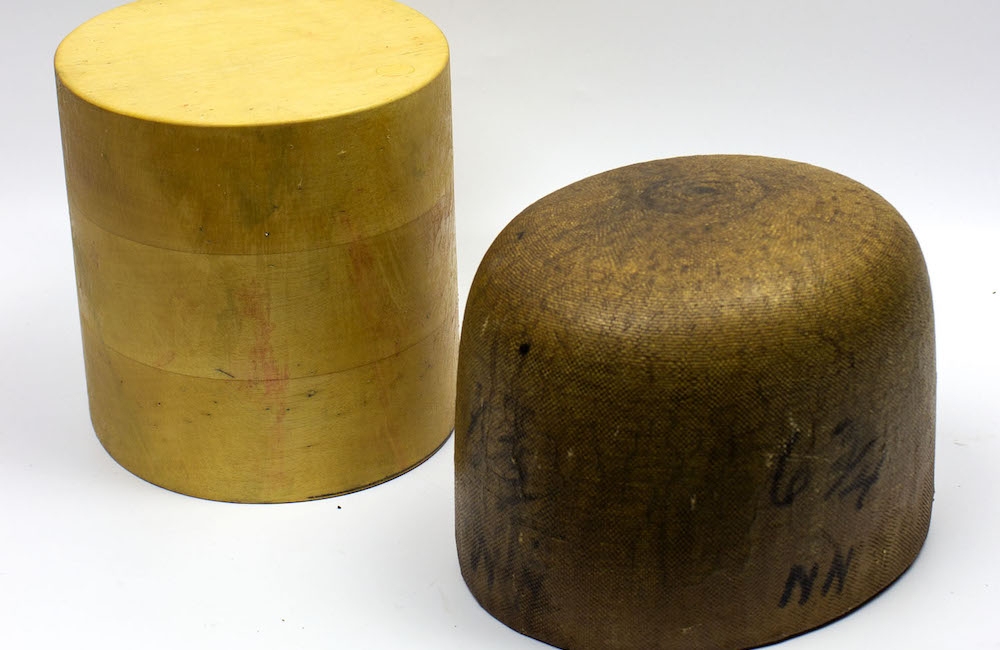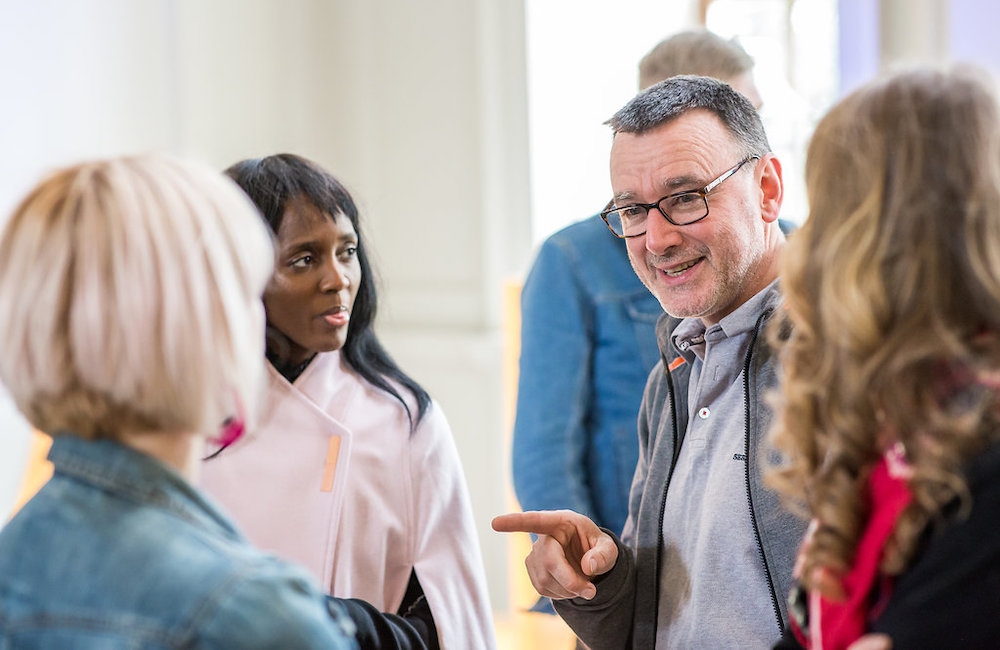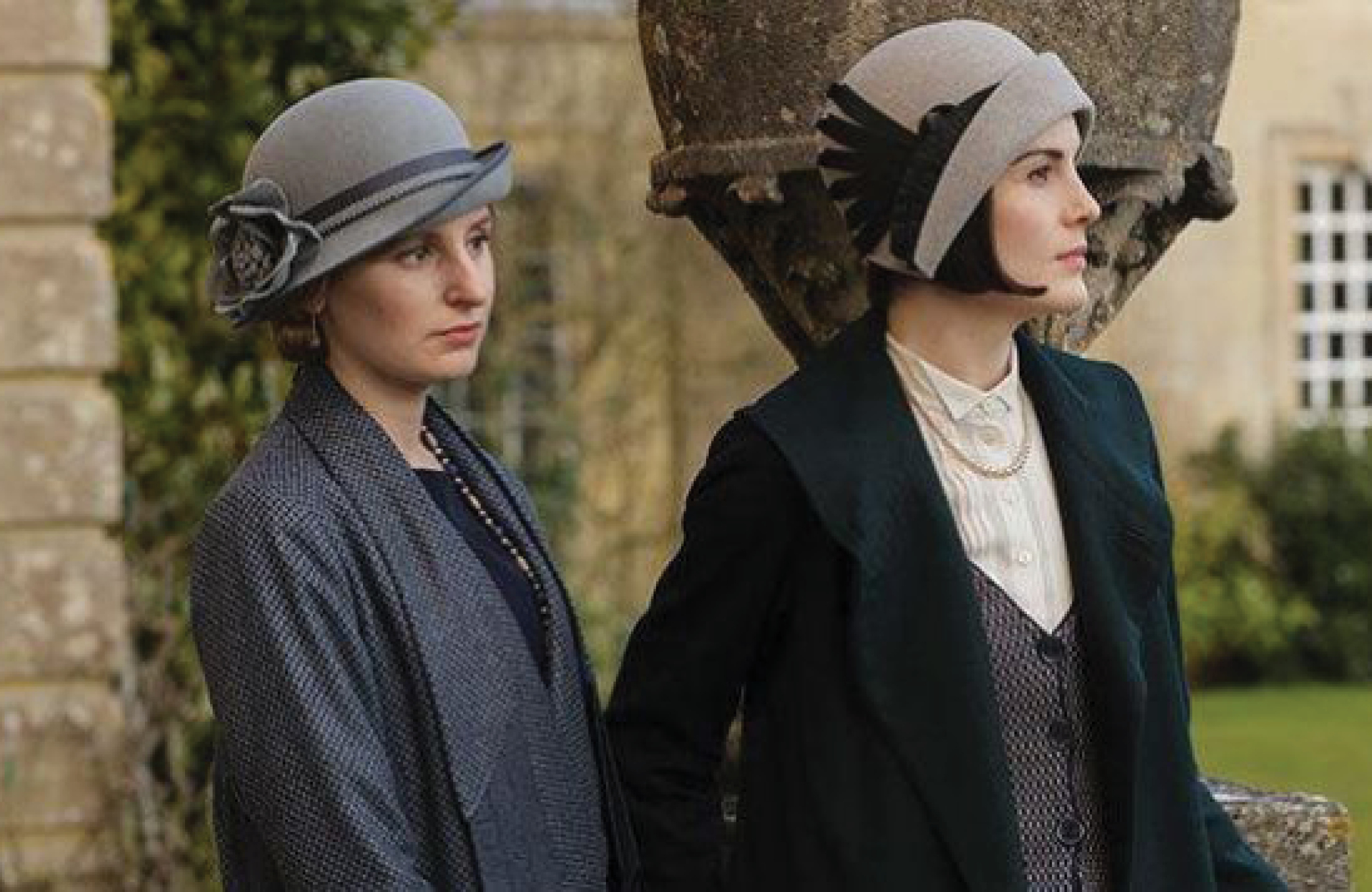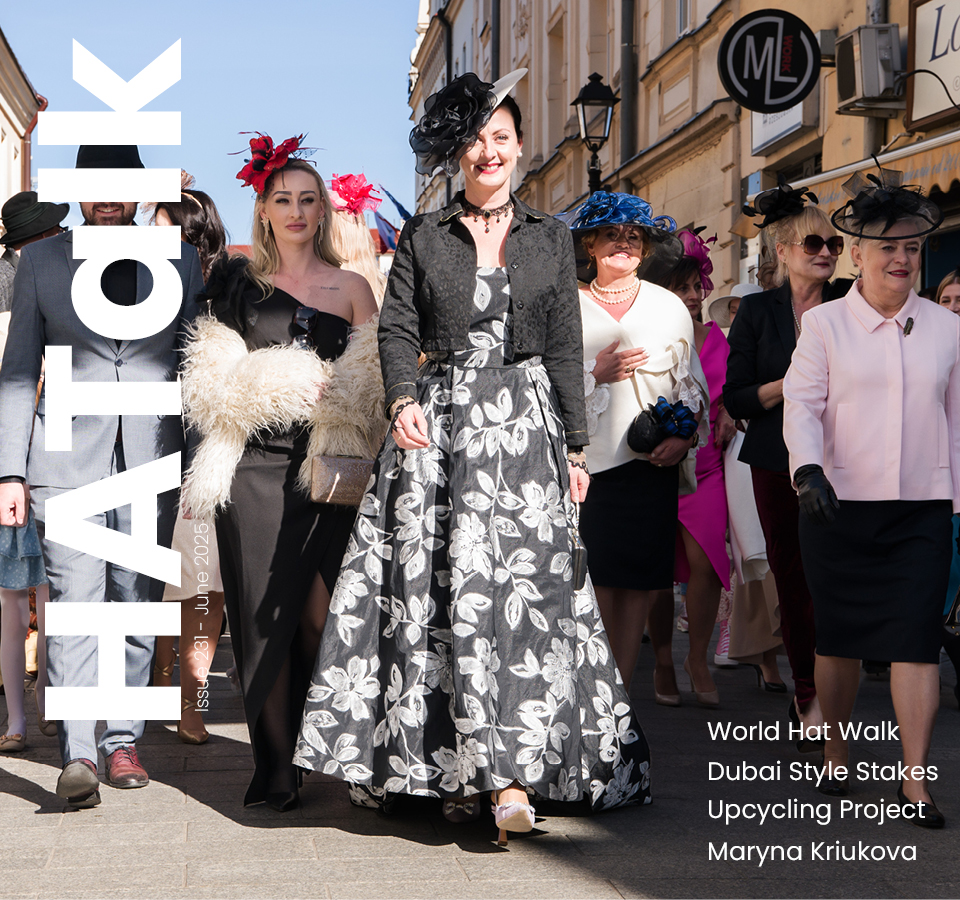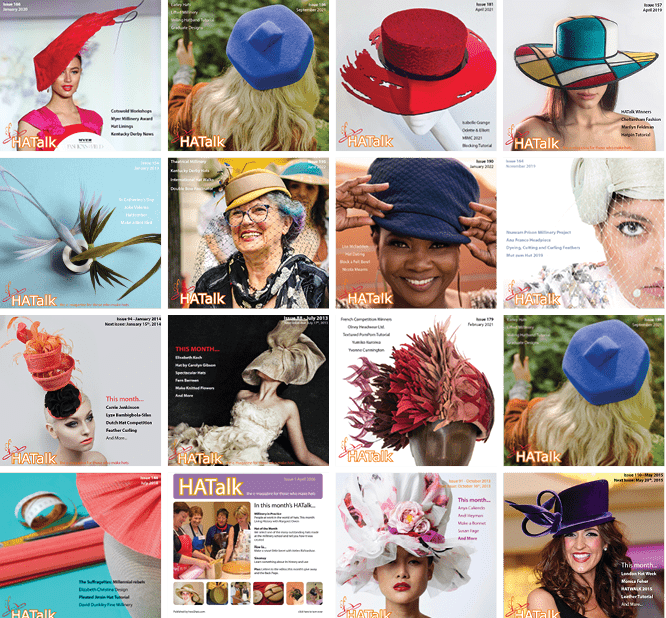Blog / Classic Hat Styles: The Bowler Hat
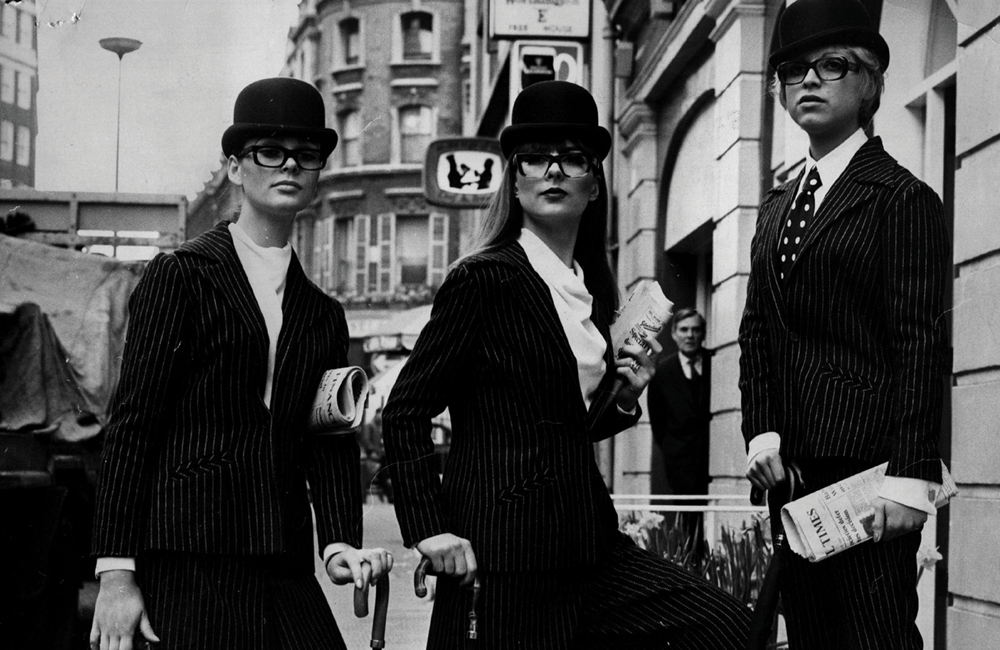
Classic Hat Styles: The Bowler Hat
The Bowler Hat
In the nineteenth century, two hat styles were popular for men. The top hat, which was a status and power symbol, and the bowler. Although originally developed for the upper class, the bowler hat became a symbol of the middle class and upward mobility. The practicality of its round fitted shape made it popular with men and women of all social levels and helped it to become one of the longest-lasting hat styles.
The First Bowler
According to Lock and Co Hatters, England’s oldest hat shop, company founder Thomas Lock was approached in 1850 by nobleman Edward Coke, younger brother of the 2nd Earl of Leicester, of the Holkham Hall estate in Norfolk. Coke wanted new hats for his gamekeepers, whose top hats kept falling off and getting damaged when they became tangled in the bushes. He wanted a low-crowned, snug hat that would stay put when walking through brush. Lock sent the request to a hatter named William Bowler who used his new felting machinery to make the first ‘Coke Hat,’ otherwise known as the bowler.
Not Just for Princes
The top hat was not warm or protective. Plus, it did not travel well and this was of increasing concern as more and more Londoners began to use public transportation such as buses and the Underground. The practical and wearable bowler hat soon became popular with the working man and aristocrats alike. The style traveled to America where it was called a Derby and went on to become the most popular hat style in the American West. It was also in vogue in France, where it was called a Melon.
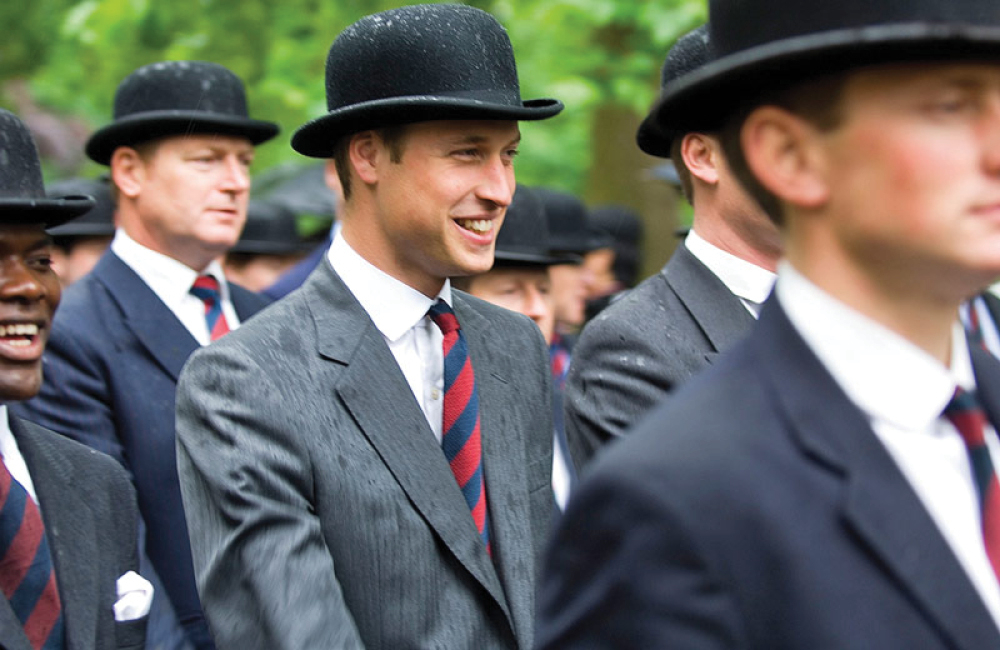
Unlike the top hat, the bowler could have any type of wearer beneath it, from princes and dictators to laborers and ladies on horseback. The bowler became a symbol of the middle class; the style of a gentleman while still being suitable for a worker. Advances in machinery greatly affected the hat making industry and, by 1880, mass factory production of bowlers made the style widely available.
The bowler hat retained its popularity into the new century and throughout the first World War. In fact, more than just an everyday accessory, it came to be a symbol of British culture and remains so to this day. In the above photo, for instance, Britain’s Prince William is pictured wearing a bowler while marching in the Combined Cavalry Parade in London in 2017.
Bowlers on the Big Screen
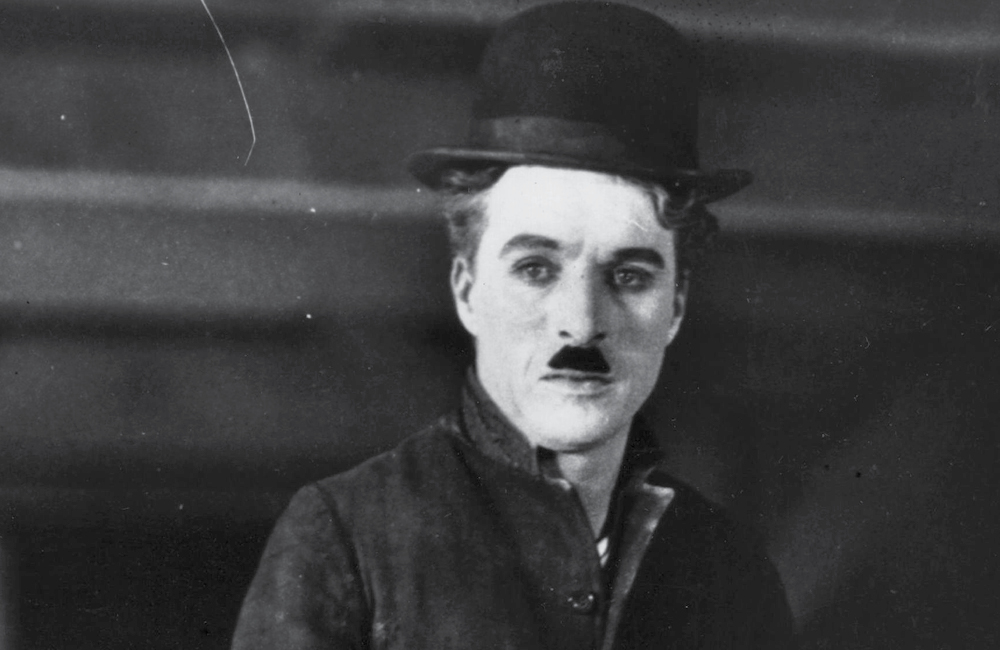
The versatile hat style also developed a following in the world of art and entertainment. Bowlers have been depicted by fine artists, from Georges Seurat in the 1880s to more modern artists like surrealist Rene Magritte, to the Pink Floyd album Wish you Were Here.
These rounded hats were also vital props for early cinematic comedians like Charlie Chaplin (above) and Laurel and Hardy. Throughout media and culture, the bowler represented a contrast of status and class. A bowler could also represent crime and lawlessness, as it did in Stanley Kubrick’s A Clockwork Orange. It even became ironic and class mocking through British comedy of the 1960s and 70s, appearing in films such as Monty Python’s Flying Circus. Even later in the last century, the entertainment industry led the style’s resurgence; Frank Zappa, Batman’s the Riddler, Michael Jackson and other celebrities helped to popularize the bowler hat again.
Bowler Hat Fashion
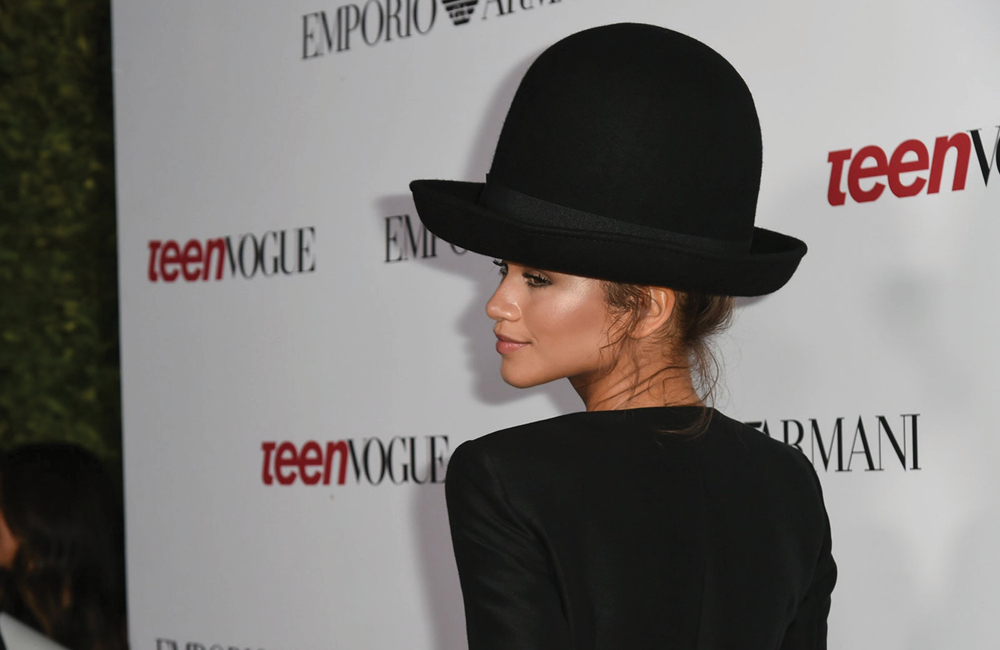
Over the years, bowler hats have found their way onto the front cover of glossy magazines, red carpets and catwalks. They featured in Vogue’s gender-bending 1968 ‘City Look’ (shown at the top of this page – photo by Arthur Jones / Getty Images), for instance. And they can still steal the show, as actress Zendaya (above) proves by wearing an oversized Emporio Armani bowler.
Without a doubt, the bowler hat is an enduring and wearable style with a rich history.
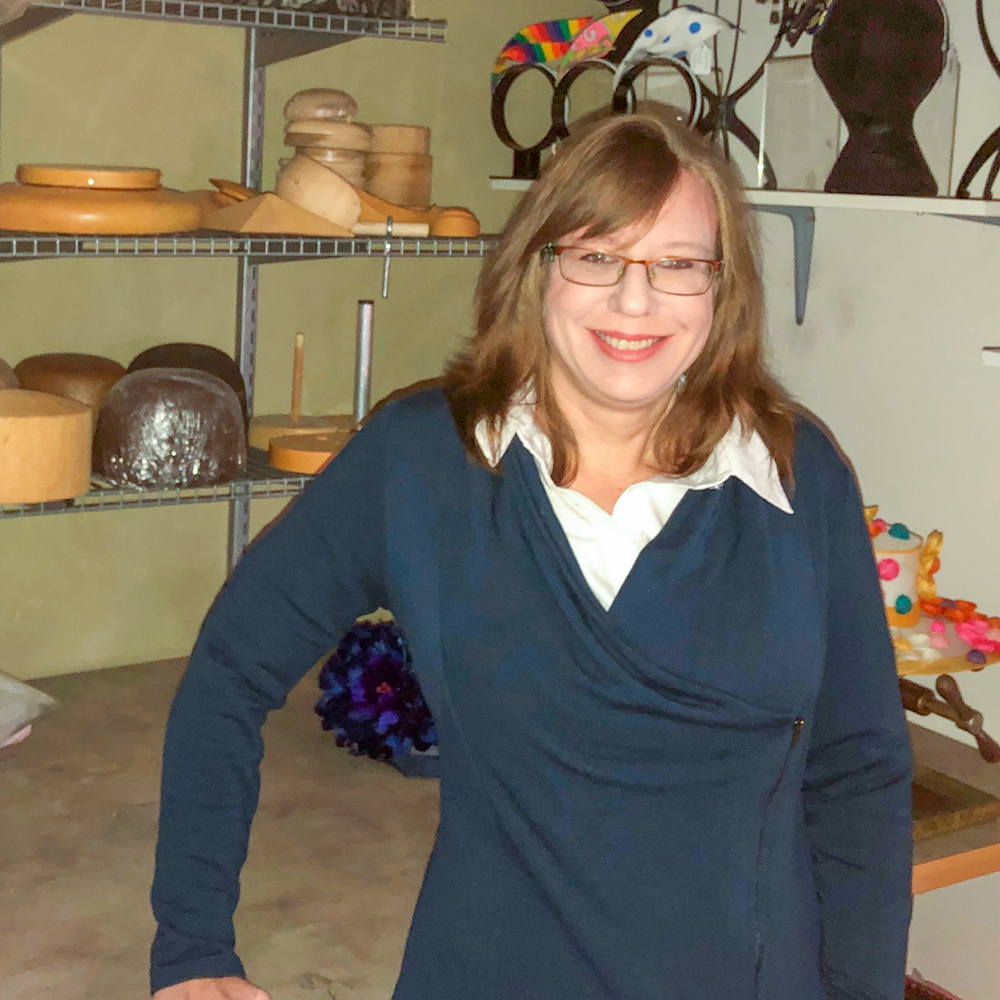
About the Author
Amy Fowler is the creator of the bespoke, California-based Millinery by Amy Fowler label. She also runs Humboldt Haberdashery, an online millinery supplier.
See Amy’s full bio HERE.
Popular Articles
Latest e-Magazine
Featured Supplier

Classic Hat Styles: The Bowler Hat
The Bowler Hat
In the nineteenth century, two hat styles were popular for men. The top hat, which was a status and power symbol, and the bowler. Although originally developed for the upper class, the bowler hat became a symbol of the middle class and upward mobility. The practicality of its round fitted shape made it popular with men and women of all social levels and helped it to become one of the longest-lasting hat styles.
The First Bowler
According to Lock and Co Hatters, England’s oldest hat shop, company founder Thomas Lock was approached in 1850 by nobleman Edward Coke, younger brother of the 2nd Earl of Leicester, of the Holkham Hall estate in Norfolk. Coke wanted new hats for his gamekeepers, whose top hats kept falling off and getting damaged when they became tangled in the bushes. He wanted a low-crowned, snug hat that would stay put when walking through brush. Lock sent the request to a hatter named William Bowler who used his new felting machinery to make the first ‘Coke Hat,’ otherwise known as the bowler.
Not Just for Princes
The top hat was not warm or protective. Plus, it did not travel well and this was of increasing concern as more and more Londoners began to use public transportation such as buses and the Underground. The practical and wearable bowler hat soon became popular with the working man and aristocrats alike. The style traveled to America where it was called a Derby and went on to become the most popular hat style in the American West. It was also in vogue in France, where it was called a Melon.

Unlike the top hat, the bowler could have any type of wearer beneath it, from princes and dictators to laborers and ladies on horseback. The bowler became a symbol of the middle class; the style of a gentleman while still being suitable for a worker. Advances in machinery greatly affected the hat making industry and, by 1880, mass factory production of bowlers made the style widely available.
The bowler hat retained its popularity into the new century and throughout the first World War. In fact, more than just an everyday accessory, it came to be a symbol of British culture and remains so to this day. In the above photo, for instance, Britain’s Prince William is pictured wearing a bowler while marching in the Combined Cavalry Parade in London in 2017.
Bowlers on the Big Screen

The versatile hat style also developed a following in the world of art and entertainment. Bowlers have been depicted by fine artists, from Georges Seurat in the 1880s to more modern artists like surrealist Rene Magritte, to the Pink Floyd album Wish you Were Here.
These rounded hats were also vital props for early cinematic comedians like Charlie Chaplin (above) and Laurel and Hardy. Throughout media and culture, the bowler represented a contrast of status and class. A bowler could also represent crime and lawlessness, as it did in Stanley Kubrick’s A Clockwork Orange. It even became ironic and class mocking through British comedy of the 1960s and 70s, appearing in films such as Monty Python’s Flying Circus. Even later in the last century, the entertainment industry led the style’s resurgence; Frank Zappa, Batman’s the Riddler, Michael Jackson and other celebrities helped to popularize the bowler hat again.
Bowler Hat Fashion

Over the years, bowler hats have found their way onto the front cover of glossy magazines, red carpets and catwalks. They featured in Vogue’s gender-bending 1968 ‘City Look’ (shown at the top of this page – photo by Arthur Jones / Getty Images), for instance. And they can still steal the show, as actress Zendaya (above) proves by wearing an oversized Emporio Armani bowler.
Without a doubt, the bowler hat is an enduring and wearable style with a rich history.

About the Author
Amy Fowler is the creator of the bespoke, California-based Millinery by Amy Fowler label. She also runs Humboldt Haberdashery, an online millinery supplier.
See Amy’s full bio HERE.
